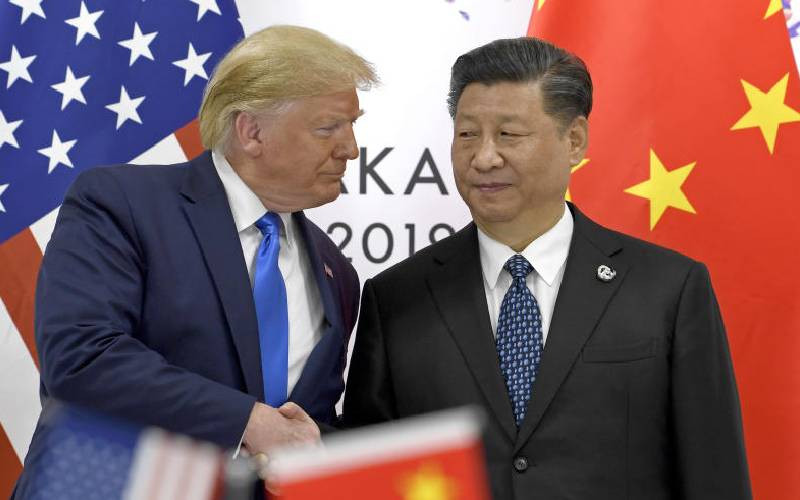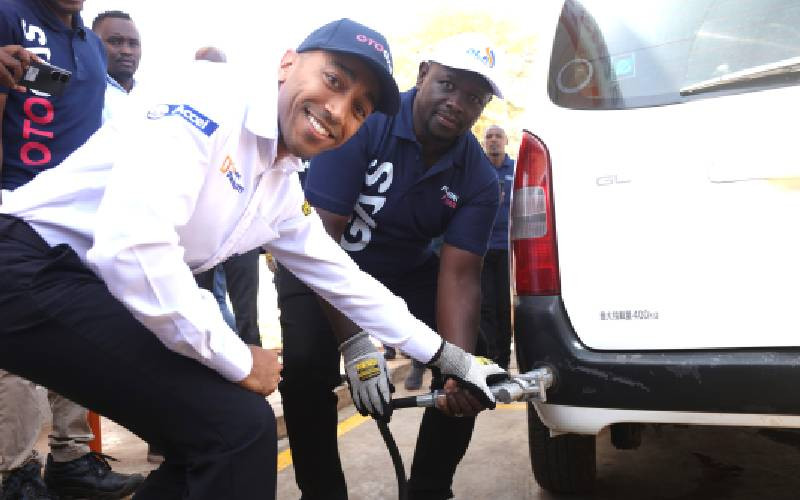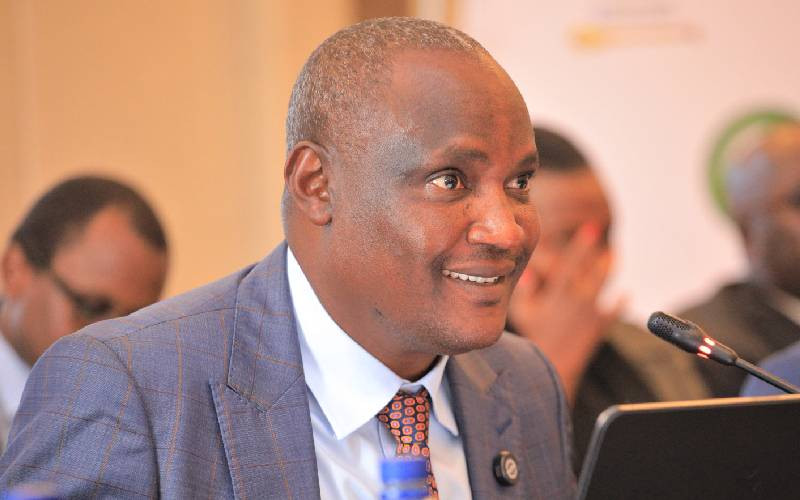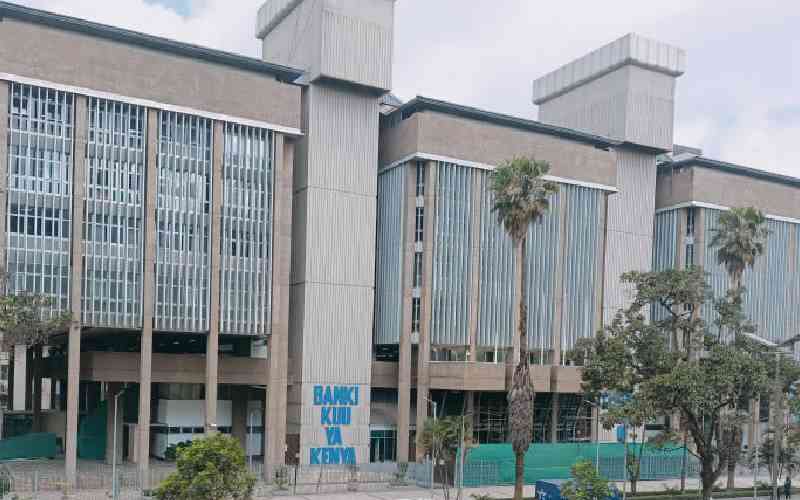
In June 2019, when I sat down with the then Transport Cabinet Secretary James Macharia and Ugandan Finance Minister Matia Kasaija on the sidelines of the first China-Africa Trade Expo in Changsha, China, it was clear that geopolitical tensions in the East African region were the main reason for the delay in the full implementation of the Standard Gauge Railway (SGR) protocol.
Kampala was hesitant to construct the SGR from Uganda's capital to Malaba before Nairobi extended its line to the border. However, the Jubilee administration felt let down by its peers.







